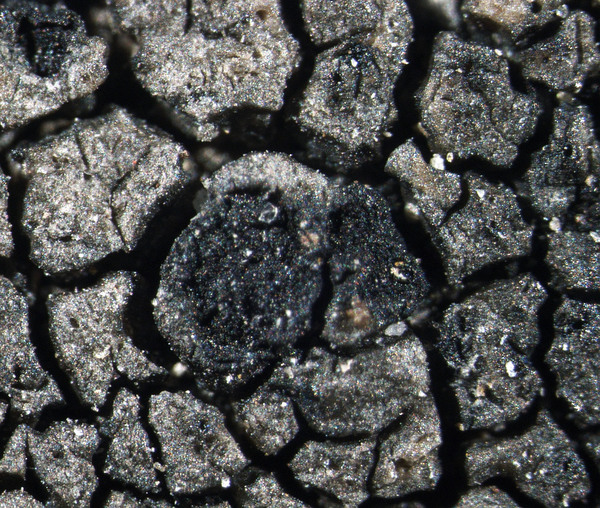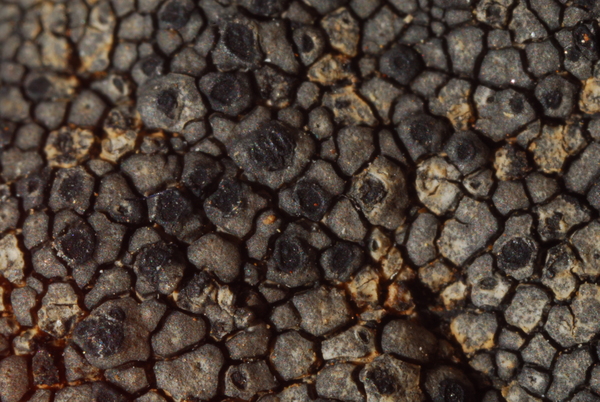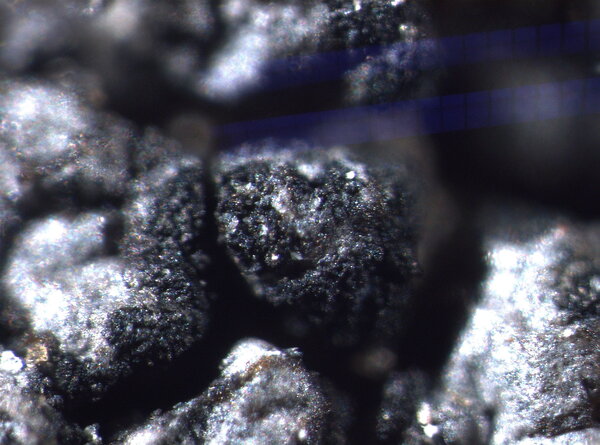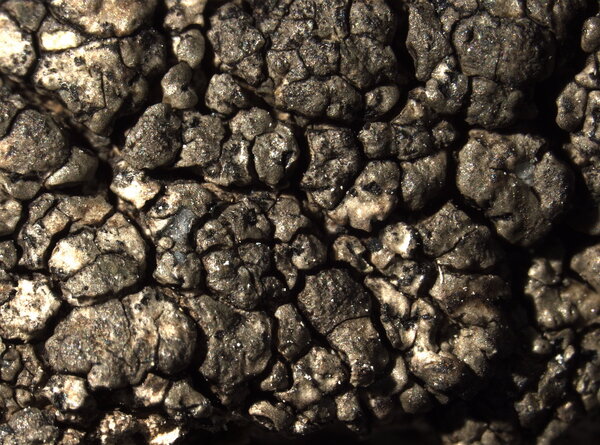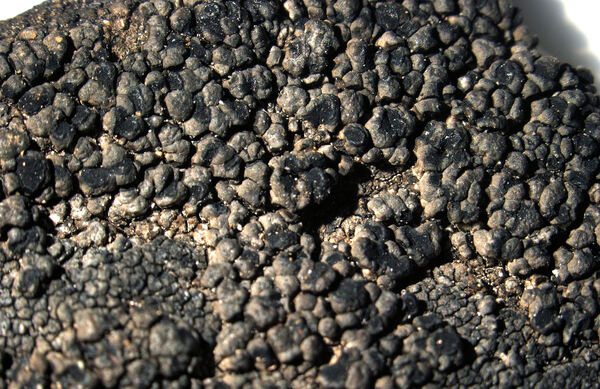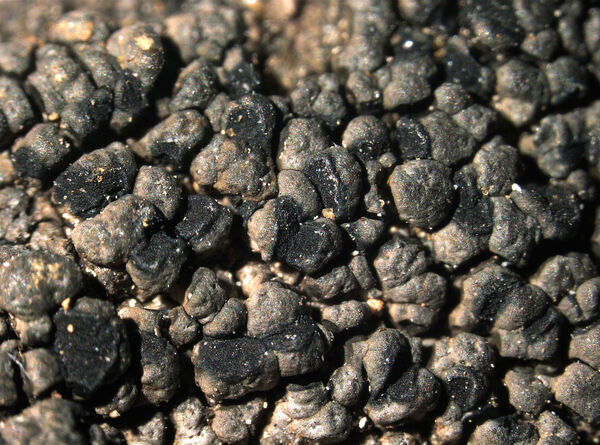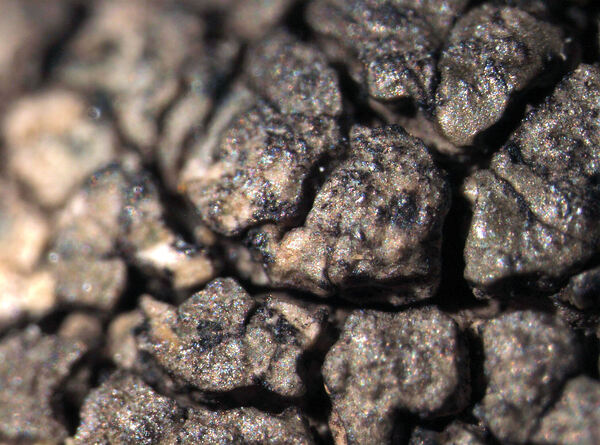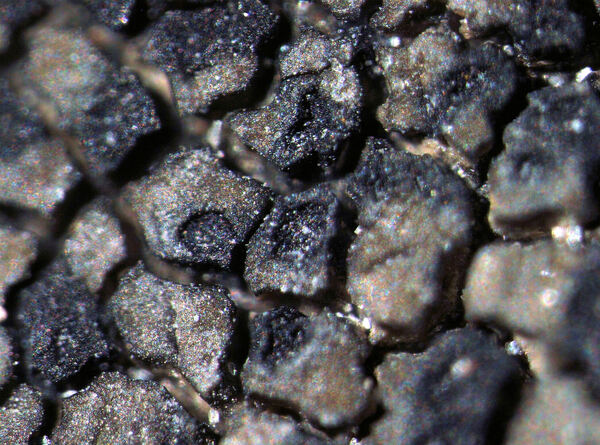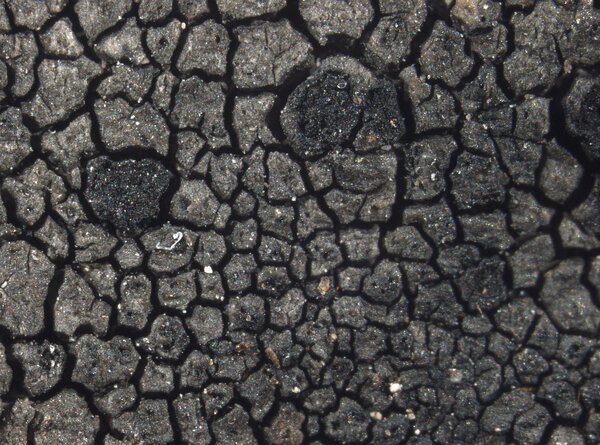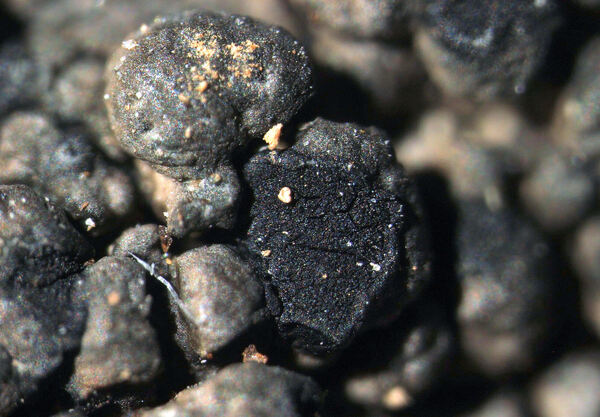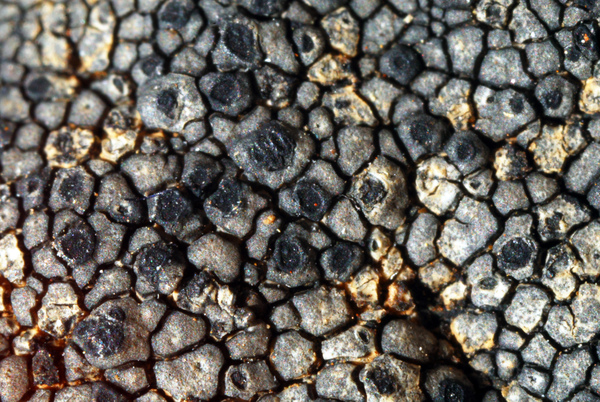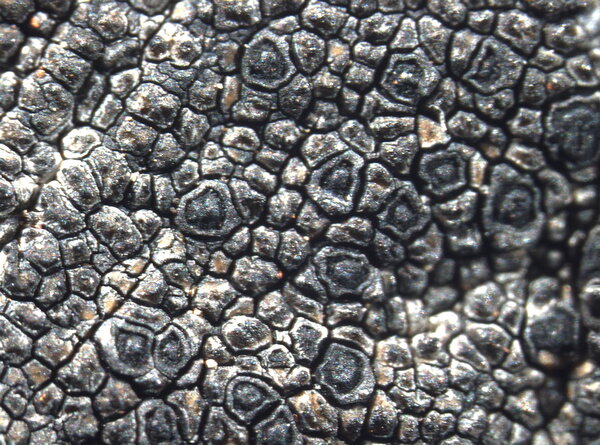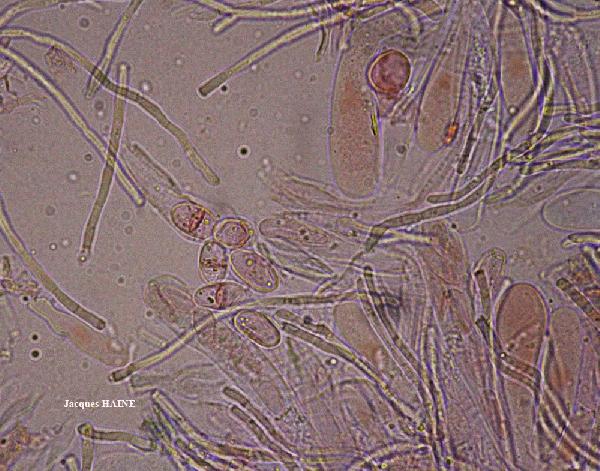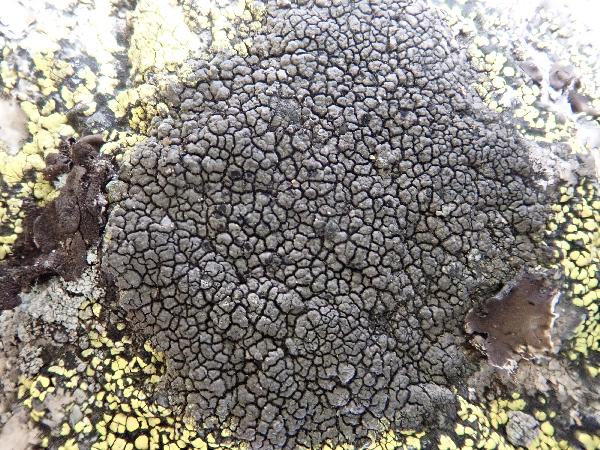Schaereria fuscocinerea (Nyl.) Clauzade & Cl. Roux
Bull. Soc. Bot. Centre Ouest, n. sér., nr. spéc. 7: 829, 1985. Basionym: Lecidea fuscocinerea Nyl. - Bot. Not.: 177, 1852.
Synonyms: Aspicilia cambusiana Walt. Watson; Aspicilia complanatoides (A.L. Sm.) Walt. Watson; Aspicilia fuscocinerea (Nyl.) Maheu & A. Gillet; Aspicilia tenebrosa (Flot.) Körb.; Aspicilia tenebrosa var. lecidina Körb.; Lecanora calvosina Samp.; Lecanora cambusiana (Walt. Watson) Cretz.; Lecanora complanatoides A.L. Sm.; Lecanora coracina (Hoffm.) Hepp; Lecidea atrocinerea (Schaer.) Vain.; Lecidea endocyanea Stirt.; Lecidea epiiodiza Nyl.; Lecidea griseoatra auct.; Lecidea tenebrosa Flot.; Lecidella tenebrosa (Flot.) Stein; Schaereria endocyanea (Stirt.) Hertel & Gotth. Schneid.; Schaereria tenebrosa (Flot.) Hertel & Poelt
Distribution: N - Frl (Obermayer 2016, Tretiach & Hafellner 2000), Ven (Caniglia & al. 1999), TAA (Thor & Nascimbene 2007, Nascimbene & al. 2022), Lomb, Piem (Isocrono & al. 2004, Isocrono & Piervittori 2008, Giordani & al. 2014, Favero-Longo & al. 2015), VA (Piervittori & Isocrono 1999, Valcuvia 2000, Matteucci & al. 2015c), Emil (Fariselli & al. 2020), Lig (TSB 33478). C - Tosc (Tretiach & al. 2008), Sar (Nöske 2000). S - Cal (Puntillo 1996), Si (Brackel 2008b).
Description: Thallus crustose, episubstratic, areolate, up to 0.35 mm thick, grey to grey-brown or almost black in exposed situations, often delimited by a black prothallus, forming up to 4 cm wide patches. Areoles angular, smooth, flat to bullate, 0.2-0.8 mm wide, usually esorediate, rarely with blackish soralia. Cortex green-grey to brown-green, 10-20 µm thick; medulla white, I-. Apothecia black, at first immersed, then sessile, 0.3-1(-2) mm across, with a concave to finally convex, epruinose disc and a distinct and persistent, rarely finally excluded proper margin. Proper exciple 35-70 µm wide, with a 10-25 µm thick, greenish grey to greenish black cortex, pale to dark brown within, consisting of 3.5-4.5 µm thick hyphae; epithecium green, sometimes with pale blue to violet granules, N+ purple, rarely totally violet and then K+ emerald green; hymenium colourless, 60-90(-120) µm high, I+ blue; paraphyses easily made free in K, branched in upper part, not anastomosing, 1.5-2 µm thick at mid-level, the apical cells 2.5-3 µm wide; hypothecium colourless in upper part, brown in lower part. Asci 8-spored, cylindrical to cylindrical-clavate, thin-walled, with a single wall layer, not thickened apically, only the outermost gelatinous layer K/I+ faintly blue, discharge by splitting of the apex, Schaereria-type. Ascospores 1-celled, ellipsoid to broadly obpyriform, (9-)11-14(-18) x (4-)5-8(-9) µm, rather thick-walled, without a perispore, biseriately arranged in the asci. Pycnidia dark, immersed. Conidia cylindrical, 4-7 x 0.9-1 µm. Photobiont chlorococcoid. Spot tests: medulla and exciple K-, C+ pink, KC+ pink, P-. Chemistry: gyrophoric acid (major) and lecanoric acid (minor).Note: an arctic-alpine to boreal-montane, circumpolar species found on hard siliceous rocks in exposed situations, with optimum above treeline, reaching the nival belt in the Alps; common only in the Alps, much rarer in the Apennines.
Growth form: Crustose
Substrata: rocks
Photobiont: green algae other than Trentepohlia
Reproductive strategy: mainly sexual
Commonnes-rarity: (info)
Alpine belt: common
Subalpine belt: rather rare
Oromediterranean belt: very rare
Montane belt: extremely rare
Submediterranean belt: absent
Padanian area: absent
Humid submediterranean belt: absent
Humid mediterranean belt: absent
Dry mediterranean belt: absent
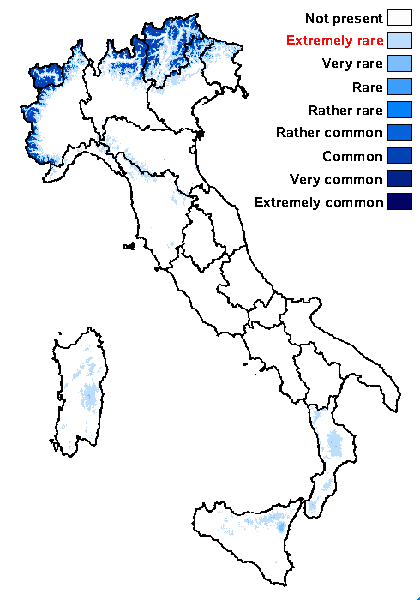
Predictive model
Herbarium samples
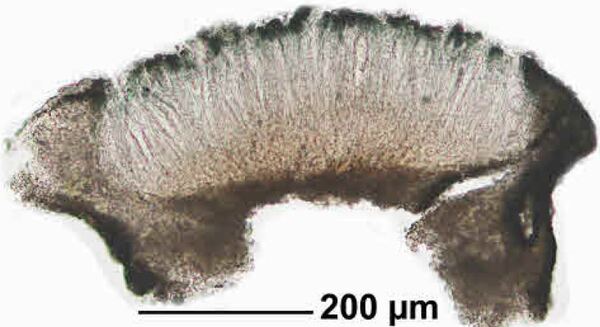

Felix Schumm – CC BY-SA 4.0
[1983], Germany, Baden-Württemberg, Südschwarzwald, Altglashütten, an Graniotblöcken beim Turnerheim, ca. 1100 m. Leg. Schumm 09.09.1971, det. V. Wirth
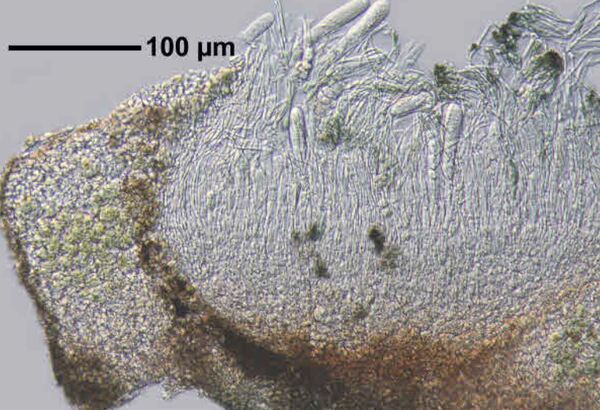

Felix Schumm – CC BY-SA 4.0
[1983], Germany, Baden-Württemberg, Südschwarzwald, Altglashütten, an Graniotblöcken beim Turnerheim, ca. 1100 m. Leg. Schumm 09.09.1971, det. V. Wirth
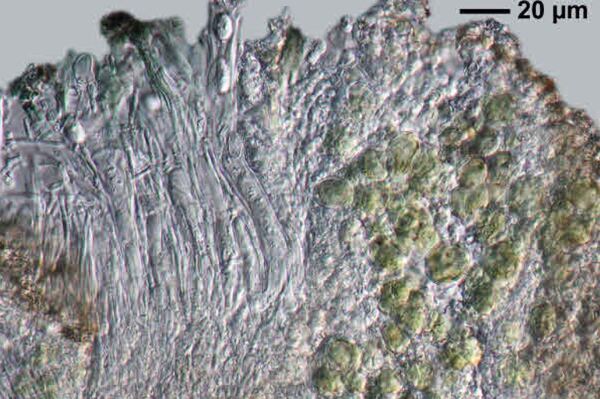

Felix Schumm – CC BY-SA 4.0
[1983], Germany, Baden-Württemberg, Südschwarzwald, Altglashütten, an Graniotblöcken beim Turnerheim, ca. 1100 m. Leg. Schumm 09.09.1971, det. V. Wirth
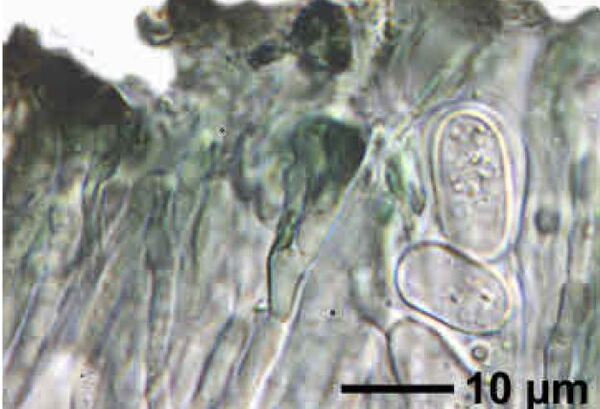

Felix Schumm – CC BY-SA 4.0
[1983], Germany, Baden-Württemberg, Südschwarzwald, Altglashütten, an Graniotblöcken beim Turnerheim, ca. 1100 m. Leg. Schumm 09.09.1971, det. V. Wirth
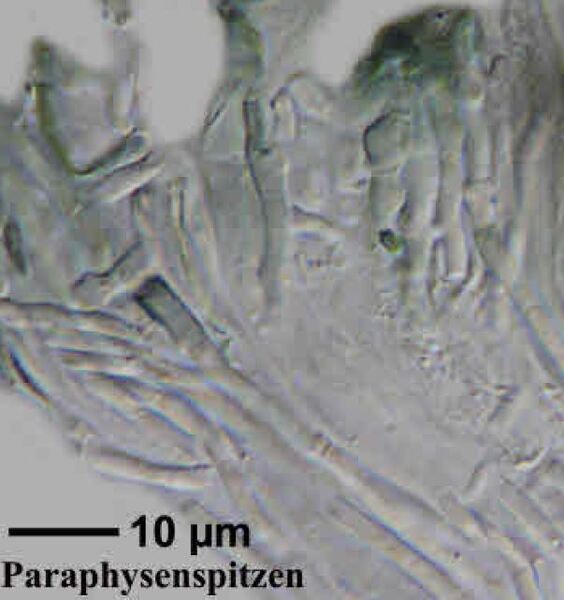

Felix Schumm – CC BY-SA 4.0
[1983], Germany, Baden-Württemberg, Südschwarzwald, Altglashütten, an Graniotblöcken beim Turnerheim, ca. 1100 m. Leg. Schumm 09.09.1971, det. V. Wirth
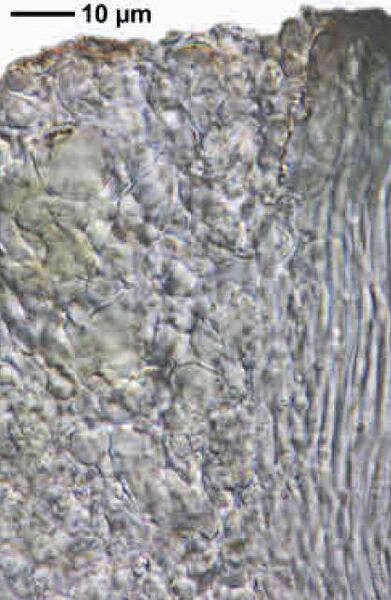

Felix Schumm – CC BY-SA 4.0
[1983], Germany, Baden-Württemberg, Südschwarzwald, Altglashütten, an Graniotblöcken beim Turnerheim, ca. 1100 m. Leg. Schumm 09.09.1971, det. V. Wirth
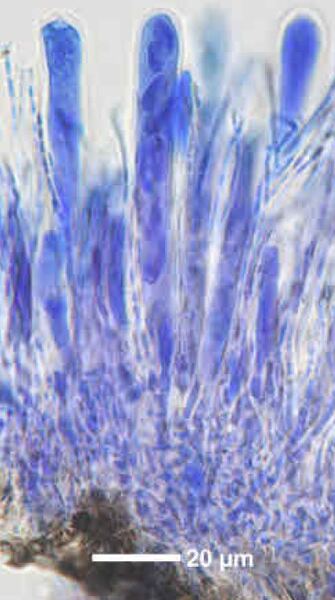

Felix Schumm – CC BY-SA 4.0
[1983], Germany, Baden-Württemberg, Südschwarzwald, Altglashütten, an Graniotblöcken beim Turnerheim, ca. 1100 m. Leg. Schumm 09.09.1971, det. V. Wirth
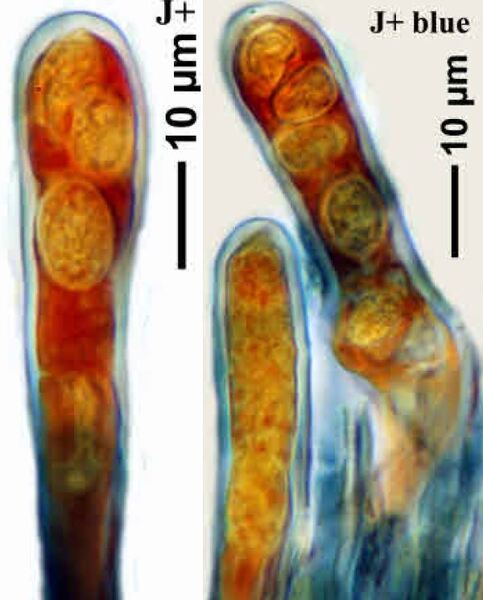

Felix Schumm – CC BY-SA 4.0
[1983], Germany, Baden-Württemberg, Südschwarzwald, Altglashütten, an Graniotblöcken beim Turnerheim, ca. 1100 m. Leg. Schumm 09.09.1971, det. V. Wirth


Felix Schumm – CC BY-SA 4.0
[1983], Germany, Baden-Württemberg, Südschwarzwald, Altglashütten, an Graniotblöcken beim Turnerheim, ca. 1100 m. Leg. Schumm 09.09.1971, det. V. Wirth
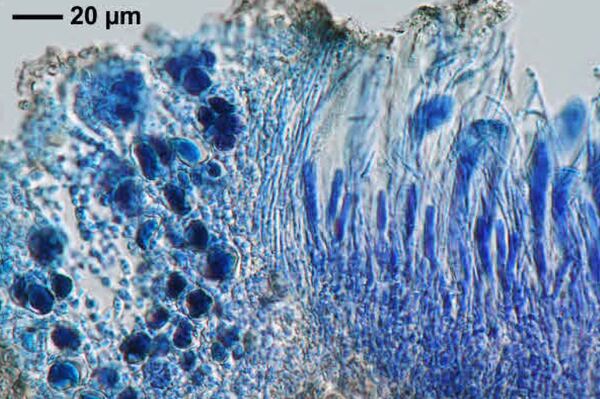

Felix Schumm – CC BY-SA 4.0
[1983], Germany, Baden-Württemberg, Südschwarzwald, Altglashütten, an Graniotblöcken beim Turnerheim, ca. 1100 m. Leg. Schumm 09.09.1971, det. V. Wirth
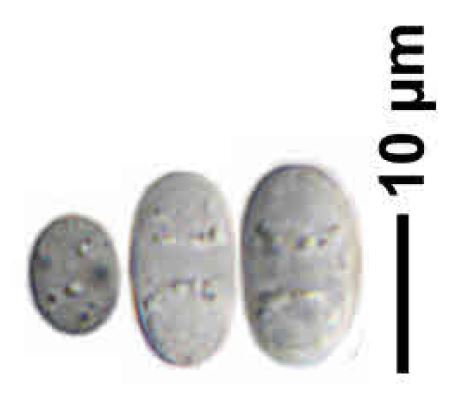

Felix Schumm – CC BY-SA 4.0
[1983], Germany, Baden-Württemberg, Südschwarzwald, Altglashütten, an Graniotblöcken beim Turnerheim, ca. 1100 m. Leg. Schumm 09.09.1971, det. V. Wirth


Felix Schumm – CC BY-SA 4.0
[1983], Germany, Baden-Württemberg, Südschwarzwald, Altglashütten, an Graniotblöcken beim Turnerheim, ca. 1100 m. Leg. Schumm 09.09.1971, det. V. Wirth
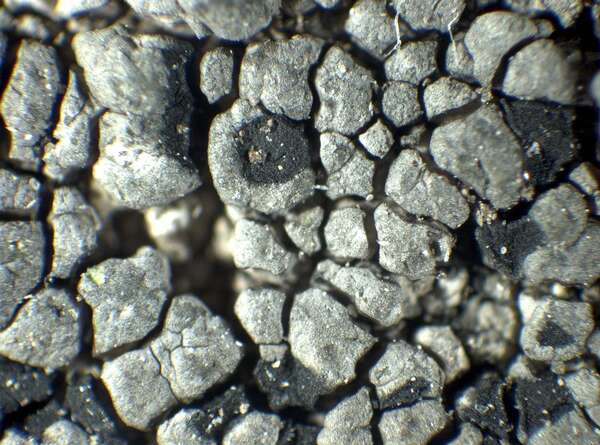

P.L. Nimis; Owner: Department of Life Sciences, University of Trieste
Herbarium: TSB (35217)
2002/07/11
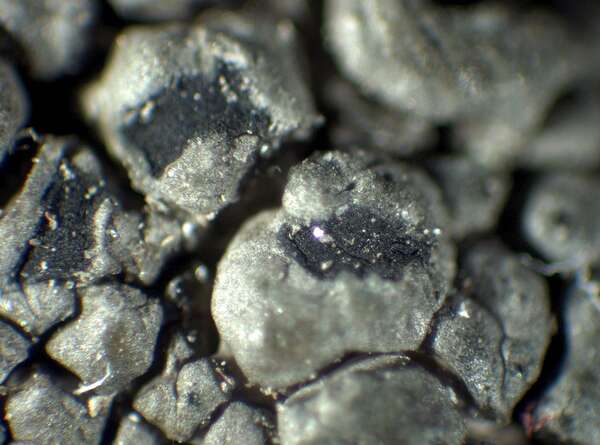

P.L. Nimis; Owner: Department of Life Sciences, University of Trieste
Herbarium: TSB (35217)
2002/07/11
apothecia

Bernard Bouffinier - Source: http://www.lichensmaritimes.org/index.php?task=fiche&lichen=305&lang=en
France, Pointe de Pen-Hir
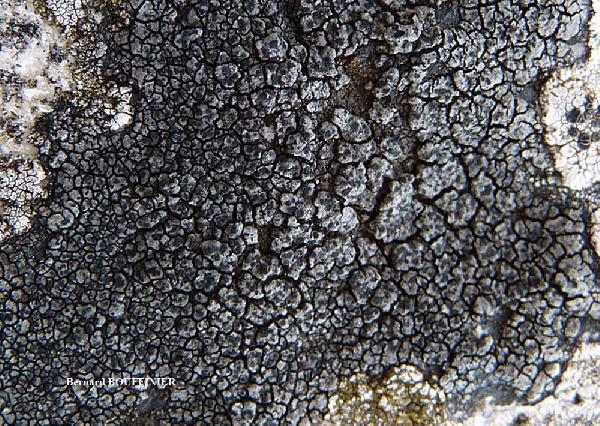
Bernard Bouffinier - Source: http://www.lichensmaritimes.org/index.php?task=fiche&lichen=305&lang=en
France, Pointe de Pen-Hir
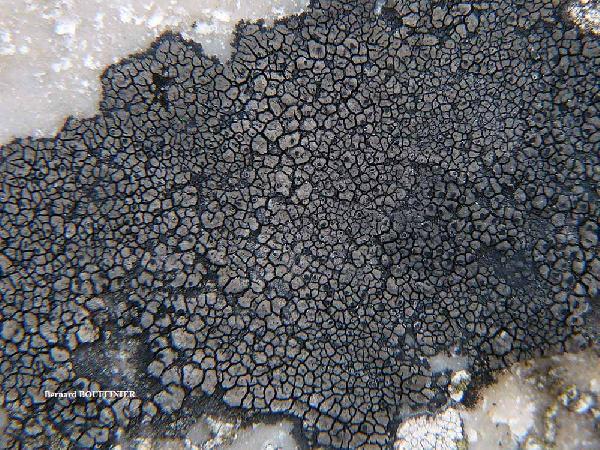
Bernard Bouffinier - Source: http://www.lichensmaritimes.org/index.php?task=fiche&lichen=305&lang=en
France, Pointe de Pen-Hir

Michel David - Source: http://www.lichensmaritimes.org/index.php?task=fiche&lichen=305&lang=en
France, Pointe de Treberon
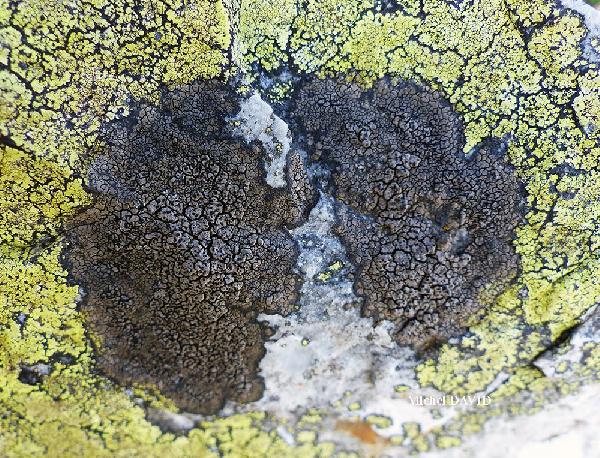
Michel David - Source: http://www.lichensmaritimes.org/index.php?task=fiche&lichen=305&lang=en
France, Pointe de Treberon
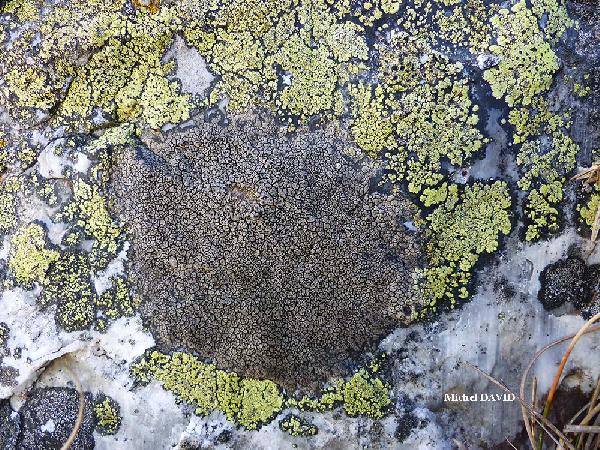
Michel David - Source: http://www.lichensmaritimes.org/index.php?task=fiche&lichen=305&lang=en
France, Pointe de Treberon
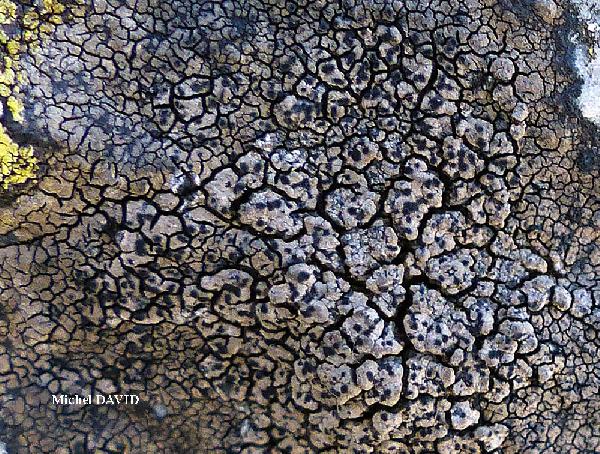
Michel David - Source: http://www.lichensmaritimes.org/index.php?task=fiche&lichen=305&lang=en
France, Pointe de Treberon

Michel David - Source: http://www.lichensmaritimes.org/index.php?task=fiche&lichen=305&lang=en
France, Pointe de Treberon
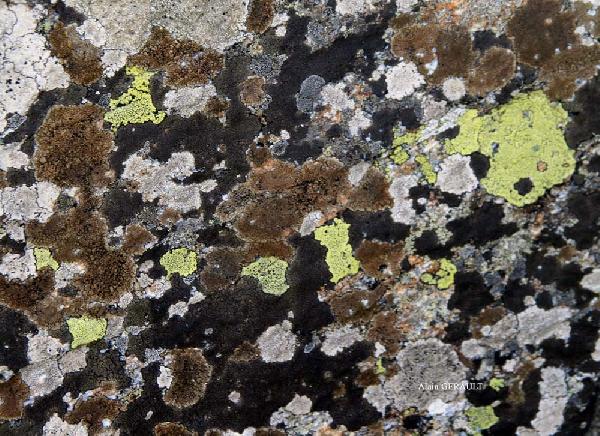
Alain Gerault - Source: http://www.lichensmaritimes.org/index.php?task=fiche&lichen=305&lang=en
France, Pointe du Van
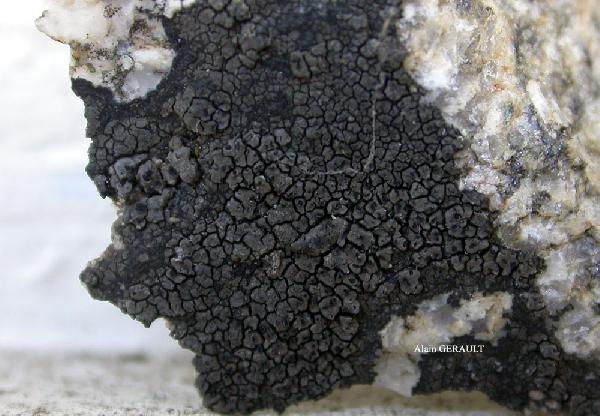
Alain Gerault - Source: http://www.lichensmaritimes.org/index.php?task=fiche&lichen=305&lang=en
France, Pointe du Van
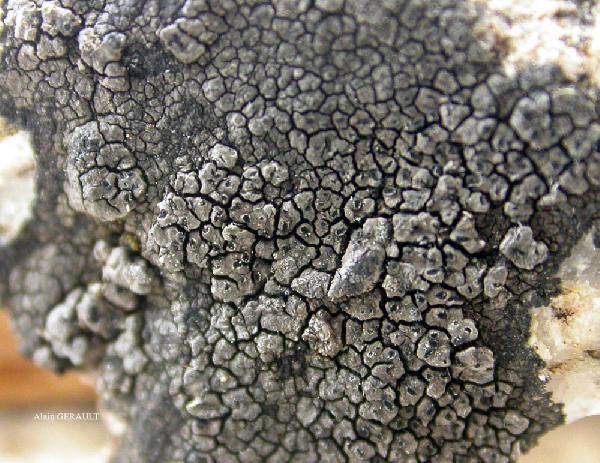
Alain Gerault - Source: http://www.lichensmaritimes.org/index.php?task=fiche&lichen=305&lang=en
France, Pointe du Van

Jacques Haine - Source: http://www.lichensmaritimes.org/index.php?task=fiche&lichen=305&lang=en
Belgium, Monthermé
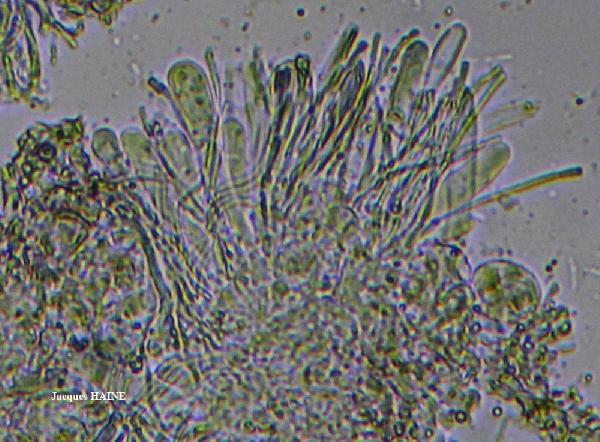
Jacques Haine - Source: http://www.lichensmaritimes.org/index.php?task=fiche&lichen=305&lang=en
Belgium, Monthermé
Growth form: Crustose
Substrata: rocks
Photobiont: green algae other than Trentepohlia
Reproductive strategy: mainly sexual
Commonnes-rarity: (info)
Alpine belt: common
Subalpine belt: rather rare
Oromediterranean belt: very rare
Montane belt: extremely rare
Submediterranean belt: absent
Padanian area: absent
Humid submediterranean belt: absent
Humid mediterranean belt: absent
Dry mediterranean belt: absent

Predictive model
| Herbarium samples |


Felix Schumm – CC BY-SA 4.0
[1983], Germany, Baden-Württemberg, Südschwarzwald, Altglashütten, an Graniotblöcken beim Turnerheim, ca. 1100 m. Leg. Schumm 09.09.1971, det. V. Wirth


Felix Schumm – CC BY-SA 4.0
[1983], Germany, Baden-Württemberg, Südschwarzwald, Altglashütten, an Graniotblöcken beim Turnerheim, ca. 1100 m. Leg. Schumm 09.09.1971, det. V. Wirth


Felix Schumm – CC BY-SA 4.0
[1983], Germany, Baden-Württemberg, Südschwarzwald, Altglashütten, an Graniotblöcken beim Turnerheim, ca. 1100 m. Leg. Schumm 09.09.1971, det. V. Wirth


Felix Schumm – CC BY-SA 4.0
[1983], Germany, Baden-Württemberg, Südschwarzwald, Altglashütten, an Graniotblöcken beim Turnerheim, ca. 1100 m. Leg. Schumm 09.09.1971, det. V. Wirth


Felix Schumm – CC BY-SA 4.0
[1983], Germany, Baden-Württemberg, Südschwarzwald, Altglashütten, an Graniotblöcken beim Turnerheim, ca. 1100 m. Leg. Schumm 09.09.1971, det. V. Wirth


Felix Schumm – CC BY-SA 4.0
[1983], Germany, Baden-Württemberg, Südschwarzwald, Altglashütten, an Graniotblöcken beim Turnerheim, ca. 1100 m. Leg. Schumm 09.09.1971, det. V. Wirth


Felix Schumm – CC BY-SA 4.0
[1983], Germany, Baden-Württemberg, Südschwarzwald, Altglashütten, an Graniotblöcken beim Turnerheim, ca. 1100 m. Leg. Schumm 09.09.1971, det. V. Wirth


Felix Schumm – CC BY-SA 4.0
[1983], Germany, Baden-Württemberg, Südschwarzwald, Altglashütten, an Graniotblöcken beim Turnerheim, ca. 1100 m. Leg. Schumm 09.09.1971, det. V. Wirth


Felix Schumm – CC BY-SA 4.0
[1983], Germany, Baden-Württemberg, Südschwarzwald, Altglashütten, an Graniotblöcken beim Turnerheim, ca. 1100 m. Leg. Schumm 09.09.1971, det. V. Wirth


Felix Schumm – CC BY-SA 4.0
[1983], Germany, Baden-Württemberg, Südschwarzwald, Altglashütten, an Graniotblöcken beim Turnerheim, ca. 1100 m. Leg. Schumm 09.09.1971, det. V. Wirth


Felix Schumm – CC BY-SA 4.0
[1983], Germany, Baden-Württemberg, Südschwarzwald, Altglashütten, an Graniotblöcken beim Turnerheim, ca. 1100 m. Leg. Schumm 09.09.1971, det. V. Wirth


Felix Schumm – CC BY-SA 4.0
[1983], Germany, Baden-Württemberg, Südschwarzwald, Altglashütten, an Graniotblöcken beim Turnerheim, ca. 1100 m. Leg. Schumm 09.09.1971, det. V. Wirth


P.L. Nimis; Owner: Department of Life Sciences, University of Trieste
Herbarium: TSB (35217)
2002/07/11


P.L. Nimis; Owner: Department of Life Sciences, University of Trieste
Herbarium: TSB (35217)
2002/07/11
apothecia

Bernard Bouffinier - Source: http://www.lichensmaritimes.org/index.php?task=fiche&lichen=305&lang=en
France, Pointe de Pen-Hir

Bernard Bouffinier - Source: http://www.lichensmaritimes.org/index.php?task=fiche&lichen=305&lang=en
France, Pointe de Pen-Hir

Bernard Bouffinier - Source: http://www.lichensmaritimes.org/index.php?task=fiche&lichen=305&lang=en
France, Pointe de Pen-Hir

Michel David - Source: http://www.lichensmaritimes.org/index.php?task=fiche&lichen=305&lang=en
France, Pointe de Treberon

Michel David - Source: http://www.lichensmaritimes.org/index.php?task=fiche&lichen=305&lang=en
France, Pointe de Treberon

Michel David - Source: http://www.lichensmaritimes.org/index.php?task=fiche&lichen=305&lang=en
France, Pointe de Treberon

Michel David - Source: http://www.lichensmaritimes.org/index.php?task=fiche&lichen=305&lang=en
France, Pointe de Treberon

Michel David - Source: http://www.lichensmaritimes.org/index.php?task=fiche&lichen=305&lang=en
France, Pointe de Treberon

Alain Gerault - Source: http://www.lichensmaritimes.org/index.php?task=fiche&lichen=305&lang=en
France, Pointe du Van

Alain Gerault - Source: http://www.lichensmaritimes.org/index.php?task=fiche&lichen=305&lang=en
France, Pointe du Van

Alain Gerault - Source: http://www.lichensmaritimes.org/index.php?task=fiche&lichen=305&lang=en
France, Pointe du Van

Jacques Haine - Source: http://www.lichensmaritimes.org/index.php?task=fiche&lichen=305&lang=en
Belgium, Monthermé

 INDEX FUNGORUM
INDEX FUNGORUM
 GBIF
GBIF
 DOLICHENS
DOLICHENS
